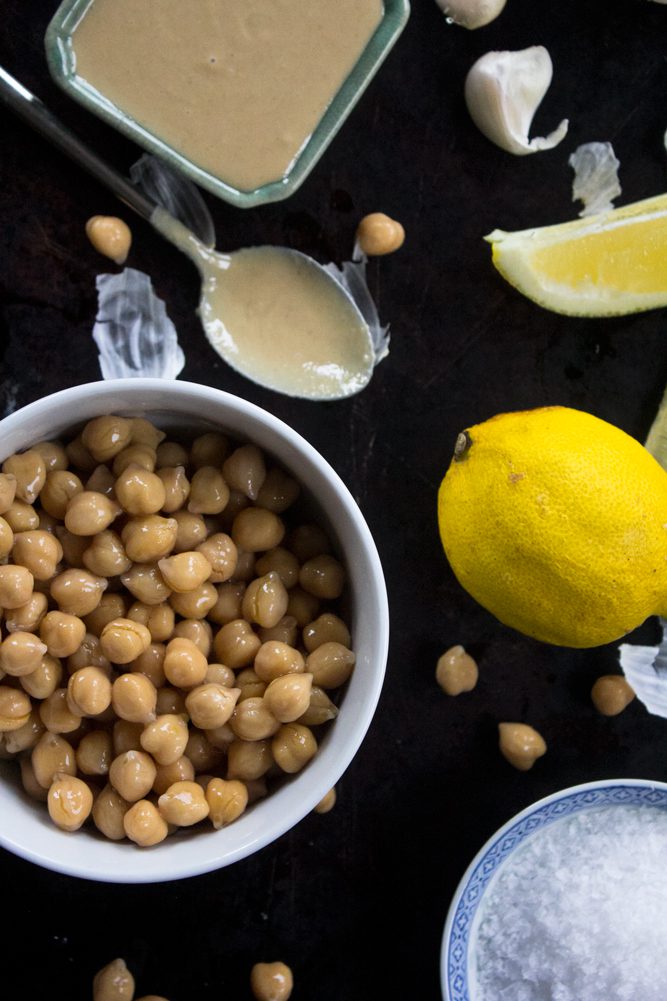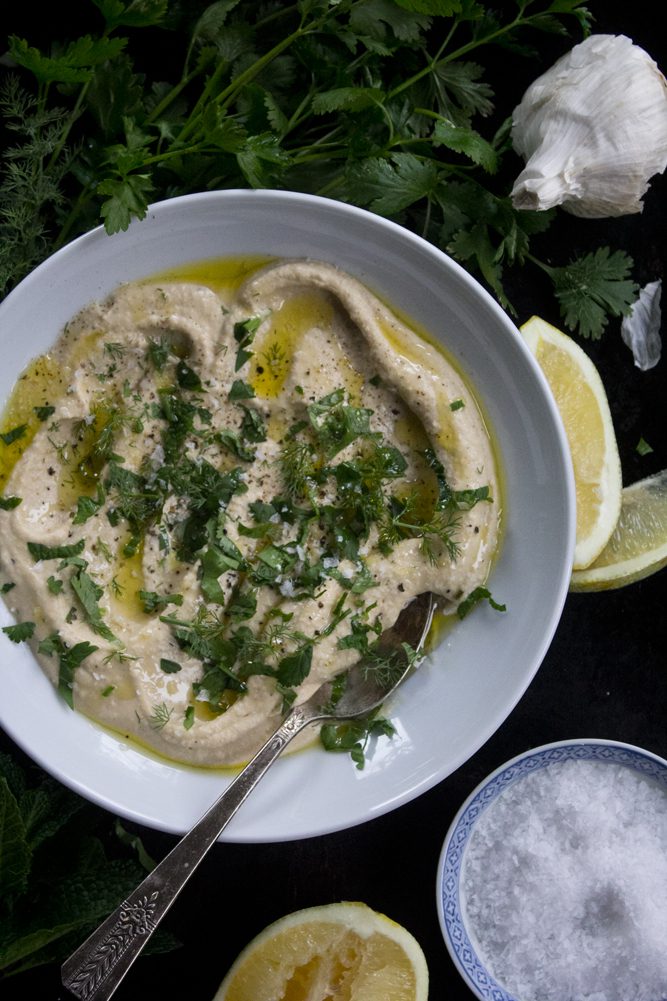52 Weeks of Hummus //Healthy //Herbs //Potager //Recipes
Traditional Hummus
January 7
3 min read
3 Comments
An heirloom dish for the ages.
Historians rumor that hummus is the oldest recorded recipe known to mankind and it’s one of my all-time favorite dishes to eat. I make variations of traditional hummus for breakfast, lunch, and dinner and every snack-time in between. I serve it to company laid out with lots of flat breads and veggies from the garden. And more often than not, I can be found eating it with a spoon.
The Modern Potager Kitchen Garden
The joy of the modern potager is getting to expand your culinary skills and make restaurant-quality meals at home. Picking fresh ingredients from the garden and turning them into something that awakens your tastebuds and thrills is really what life is all about.
It should come as no surprise that I have a high appreciation of historical foods as an heirloom gardener. One of the oldest and most historically relevant dishes in human history is hummus.
And I could eat hummus morning, noon, and night. On its own with fresh flatbreads, alongside eggs, or loaded with roasted veggies. It’s this love of hummus that led Matthew to adamantly state, “You cannot survive on hummus and cucumbers alone.” As we shared a plate of one of my favorite variations, roasted red pepper hummus, with fresh radishes, cucumbers, and herbs from the showcase garden, the challenge of his statement kept dancing in my mind.
While it made me laugh in the moment, the notion that I could not survive off such a healthy dietary staple sent me down a path of cultural exploration and adventures in the kitchen for weeks on end. I wanted to understand the lore surrounding hummus and its impact upon the world. And truth be told, I wanted to discover if one could survive on hummus without getting bored.
In short, I’ve accepted the challenge to explore all that hummus has to offer in both traditional and new ways with the help of some fantastic local chefs, food bloggers, and a little creativity. Together, we’ll make a year’s worth of delicious hummus variations—52 recipes that feature the best of seasonal produce and pantry essentials.
We’ll test various cooking techniques, discussing the pros and cons of each method to achieve multiple results. While some chefs swear by using dried chickpeas and removing the skins, today’s high-powered blenders make quick work of tinned beans with their skins intact.
THE HISTORY OF HUMMUS
The earliest known origins of hummus date back to the 13th century, with several cultures claiming the creation of the savory dip. Yotam Ottolenghi, chef and cookbook author, writes about the hummus wars in his book “Jerusalem: A Cookbook.” But Israel isn’t the only country where people argue over the best hummus recipe. Palestinians, Egyptian Arabs, Greeks, and other Middle Eastern and Mediterranean countries also declare hummus as their dish, each region adding its own nuances.
The essence of the classic hummus recipe are chickpeas, tahini, lemon juice, and salt. As cooking methods have changed over the centuries, the textural preferences and techniques used to create the creamiest dip have altered the base recipes.
CHICKPEAS: AN ORIGINAL HEIRLOOM
Garbanzo beans, also known as chickpeas, are one of the oldest cultivated plants on the earth – an heirloom in every sense of the word. Domesticated chickpeas were first found in Turkey between 8500-7500 BC before trade routes and migration brought the variety to Mediterranean regions and then on to India.
Garbanzo bean plants do not typically exceed 20″ in height and produce larger yields in subtropical regions. As legumes, chickpeas thrive during the warm season, growing in pods. Like other beans, pods remain on the plants to dry in the field to allow the chickpeas to fully mature. Chickpeas should be dry to the touch when it’s time to harvest. Too much moisture will make them rot when stored. Dried beans should be stored in airtight glass containers for best preservation.


Traditional Hummus
Makes approximately 1 1/2 cups of fresh hummus | 4 servings
Adapted from years of making hummus
Ingredients
1 1/2 cups hydrated garbanzo beans/chickpeas (this is approximately 1 can), drained (reserve water brine)
2 tablespoons tahini (sesame paste)
1 Lemon, cut for juice
1 small garlic clove, cut in half (if needed)
Pinch of sea salt
Small glug of really good extra virgin olive oil
Really good extra virgin olive oil
Flaky sea salt
Fresh cracked pepper
Mixed fresh herbs, finely chopped – mint, cilantro, parsley, dill, fennel fronds, or tarragon
1) Drain the hydrated garbanzo beans reserving the liquid to help thin the hummus, as needed. Place in a high-powered blender with tahini, juice from half the lemon, small garlic clove and a pinch of sea salt. Blend at high speed until smooth, scraping down the sides if needed. If the mixture is not blending well, add 1-2 tsp of reserved bean liquid to help thin. Add one circle of olive oil (about 2 teaspoons) and blend.
2) Place hummus in a shallow bowl and dress with extra virgin olive oil, a sprinkling of flaky sea salt and freshly cracked pepper, and a mix of fresh garden herbs. I prefer hummus to have mint, cilantro, parsley, and dill.
Serve with warm flat breads, fresh or roasted veggies, or runny eggs.

Leave A Comment